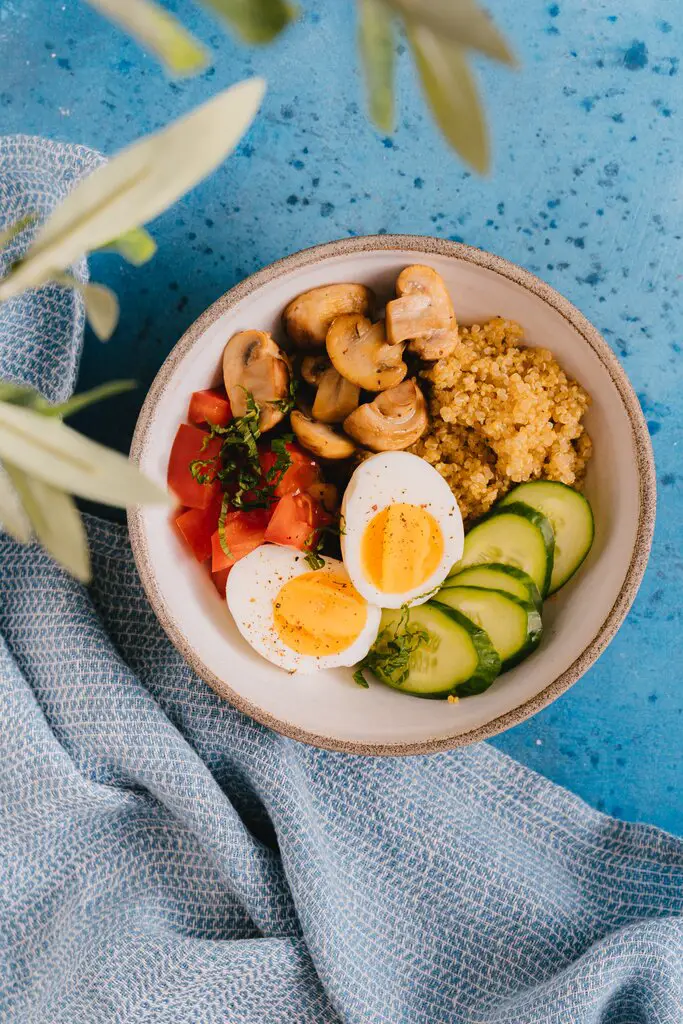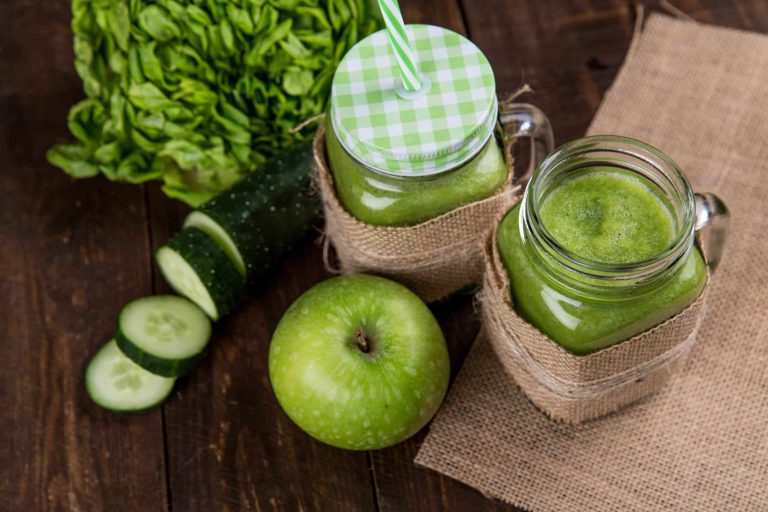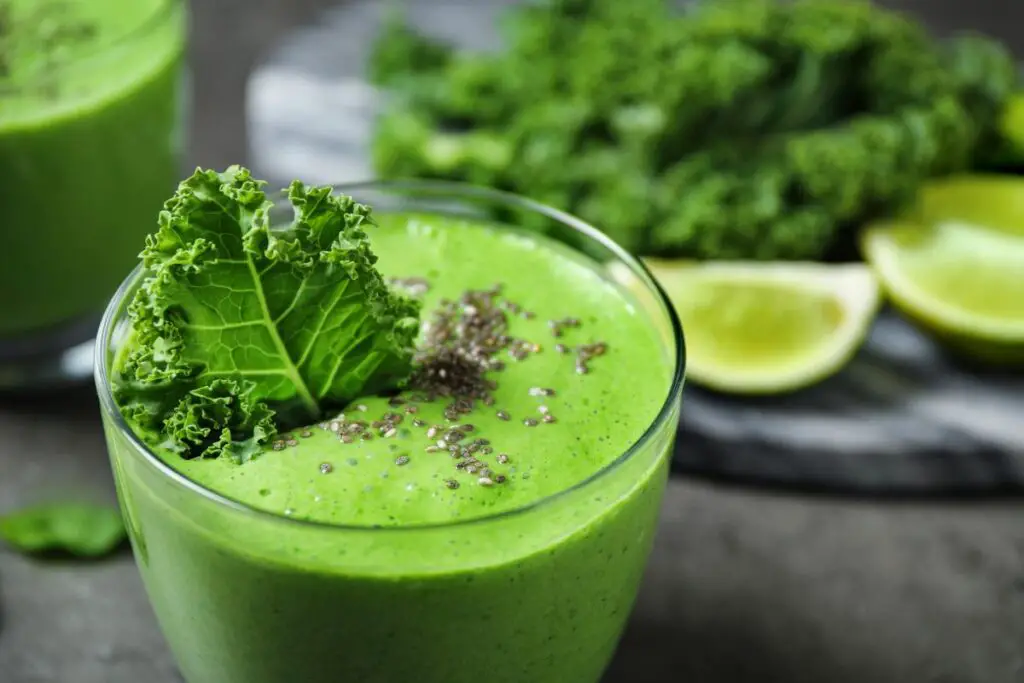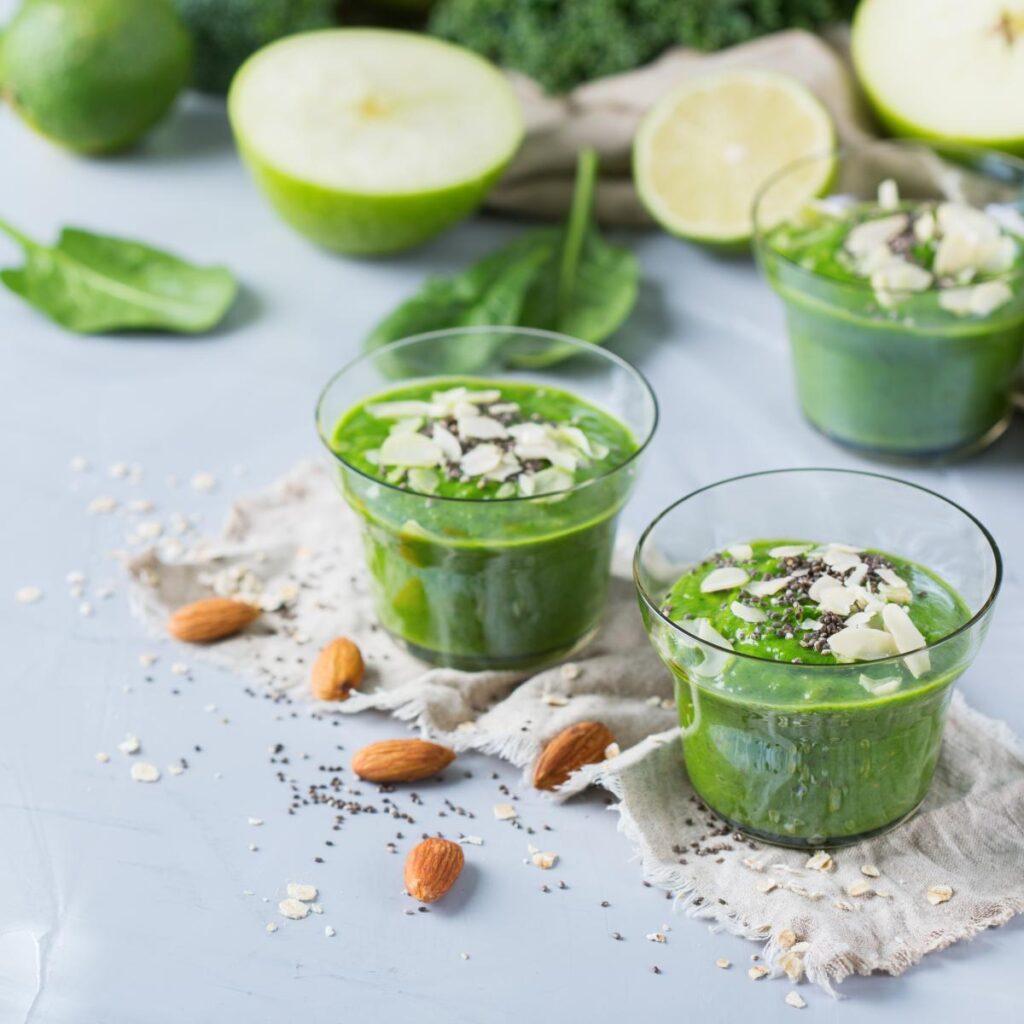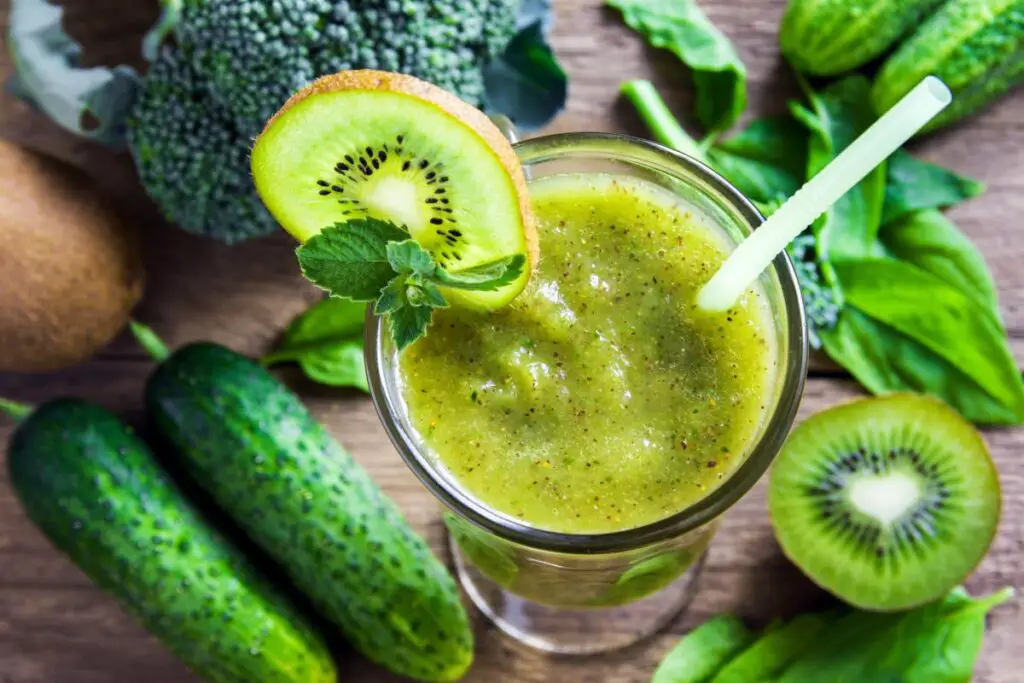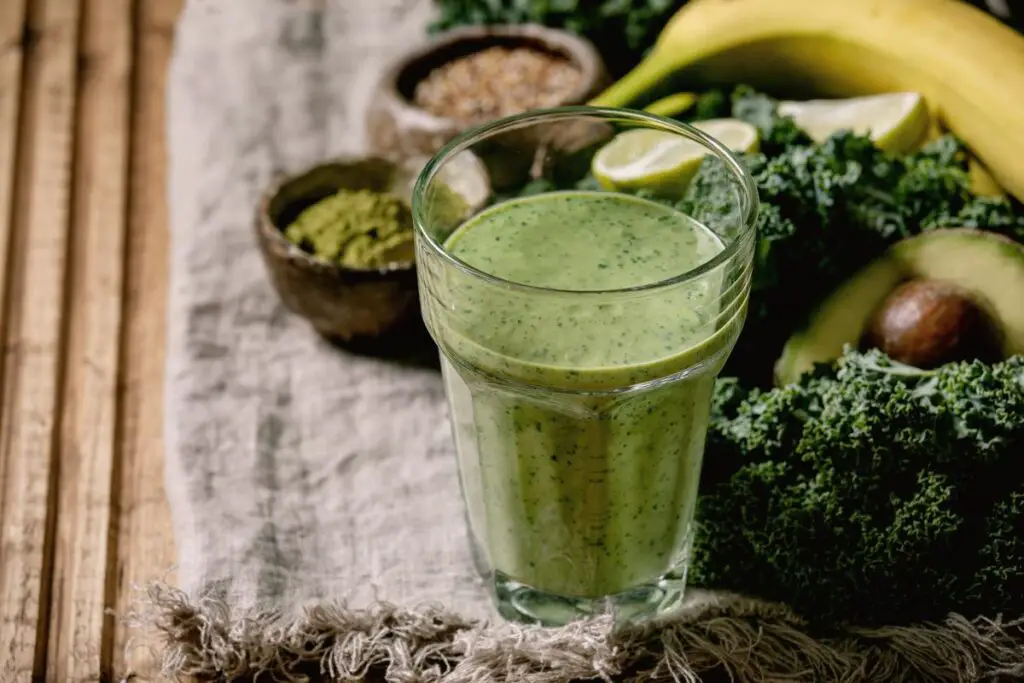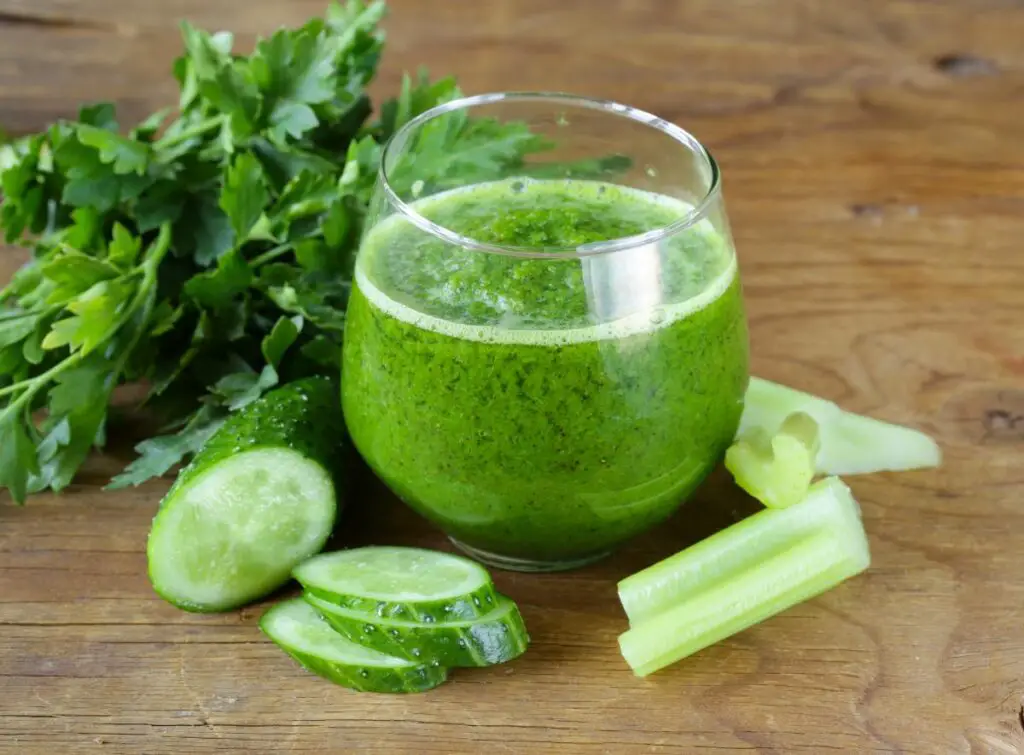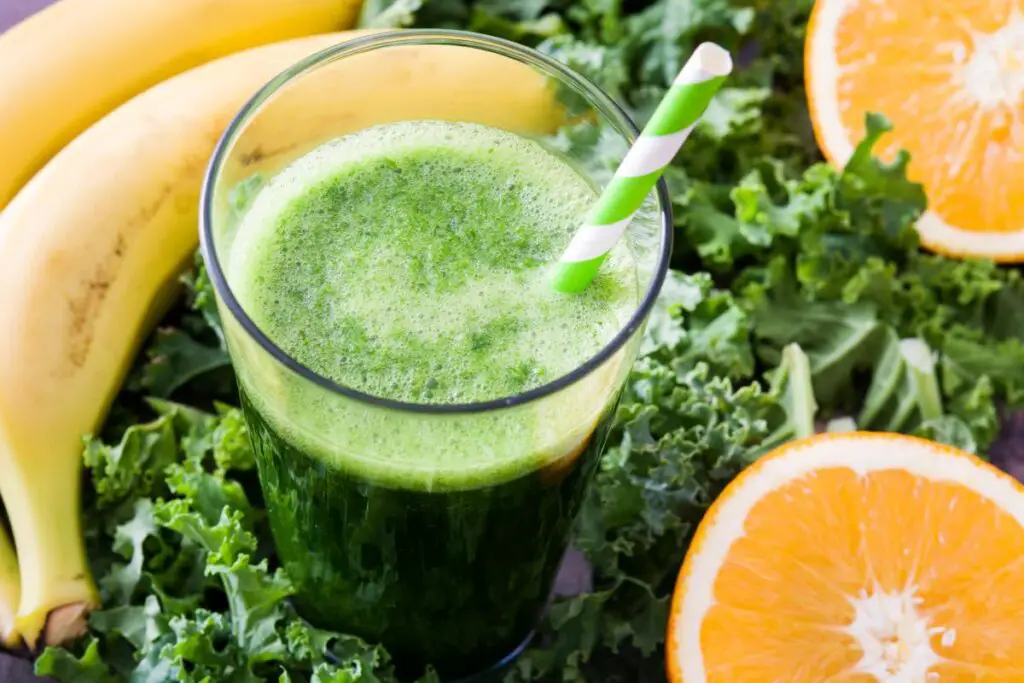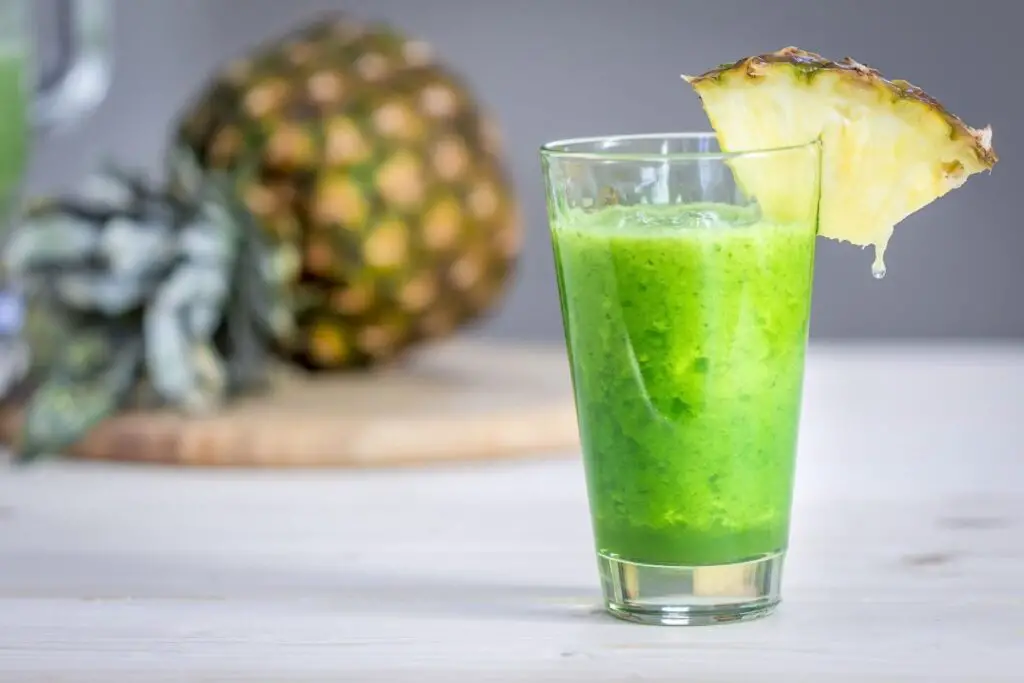Introduction
Our diet unfortunately abounds in carbohydrates, which I believe most of us consume too much of.
While carbohydrates in the form of dietary fiber are welcome, carbohydrates in the form of sugar, including glucose, fructose, lactose, or sucrose, are one of the main causes of diet-related diseases.
Therefore, in order to balance the proportions of nutrients provided by food to some extent, I would like to encourage you to consume fatty products, especially those I presented in today’s compilation.
I think some people will be surprised by the many health benefits we can achieve by incorporating fatty products into our diet.
There are really a lot of them, and they can help many individuals, so I believe it’s worth reading this article to the end.
I would like this article to debunk the myth that all fatty products are unhealthy and that we should limit their consumption.

Non-fat cocoa
The list of fatty products today begins with unsweetened cocoa.
In addition to its relatively high content of magnesium and potassium, it is exceptionally rich in antioxidants in the form of polyphenols.
This combination of ingredients makes incorporating cocoa or dark chocolate into the diet beneficial.
I’m primarily referring to the reduction of blood pressure, alleviation of arterial stiffness, decreased risk of hypertension, coronary heart disease, myocardial infarction, and stroke, improved blood flow to the gray matter of the brain, leading to enhanced brain function and protection against dementia, lowered blood glucose levels, and protection against diabetes.
Furthermore, compounds present in cocoa and dark chocolate have anti-inflammatory effects, alleviate symptoms of depression, and even exhibit prebiotic properties by nourishing beneficial bacteria in our intestines.

Fatty Sea Fish
Herring
Another important group of fatty food products includes fatty sea fish, and the first one is Atlantic herring.
It is an excellent source of omega-3 fatty acids, which undeniably have a beneficial impact on the human body.
In addition to omega-3, herring is very rich in high-quality protein, selenium, potassium, and vitamin B12.
As for the health benefits of fatty sea fish, such as Atlantic herring containing omega-3, it primarily involves the prevention of cardiovascular diseases, including coronary heart disease, heart failure, atherosclerosis, and stroke, reduction of the risk of colorectal, liver, and lung cancer, alleviation of rheumatoid arthritis, slowing down muscle loss and weakness in older individuals, known as sarcopenia, prevention of dementia, strengthening of memory in both young and older individuals, as well as reducing depressive symptoms.
Furthermore, researchers have observed that high consumption of omega-3, which herring is rich in, can extend our lifespan by up to 5 years.
Atlantic mackerel
Among other valuable and fatty fish that it is good to occasionally include in our diet, there is Atlantic mackerel.
It also exhibits health benefits, as I mentioned earlier.
Compared to herring, it contains similar amounts of potassium, slightly more iron and selenium, three times more vitamin B3, or niacin, but 50% less vitamin B12. Therefore, if someone is not fond of herring, Atlantic mackerel will be a very good choice.
Sardines
Another healthy option is sardines.
They contain even more iron, zinc, and potassium than the two fish species mentioned earlier.
They also have higher selenium content and a comparable amount of vitamin B12 as mackerel, but less than herring. Therefore, to diversify your diet and promote health, incorporating sardines will be beneficial.
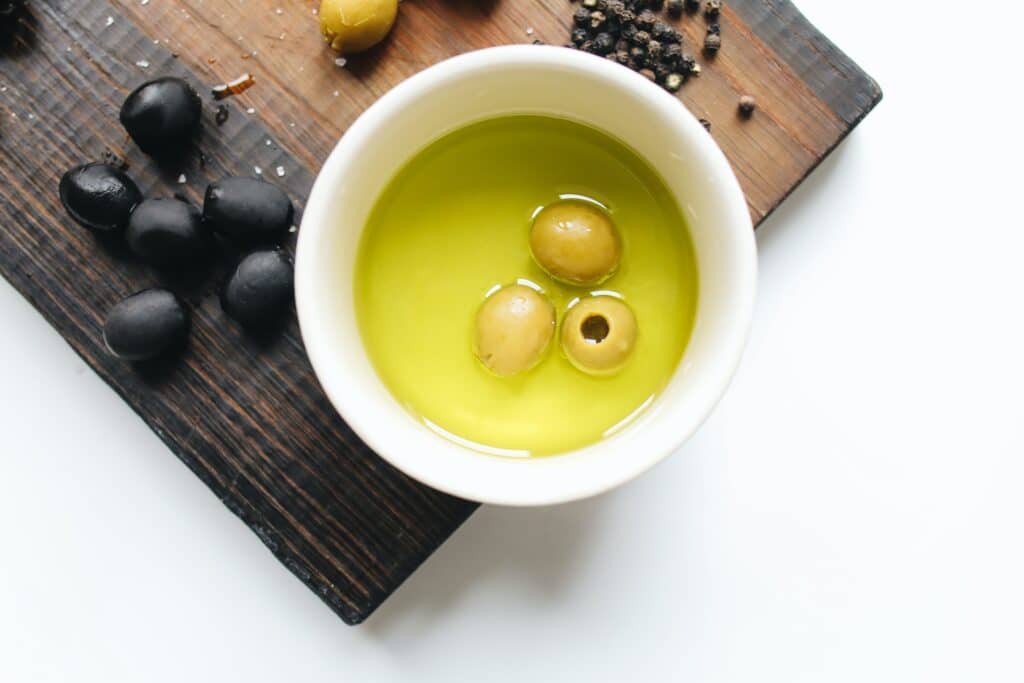
Vegetable oils and their positive influence
Among fatty products, it is also worth paying attention to vegetable oils.
I understand that they may not be popular in some circles, but the health benefits of unrefined, unfiltered, and consumed raw oils are undeniable.
Olive Oil
I often mention olive oil, so here, in a brief summary, I will only say that besides valuable monounsaturated fatty acids, it also contains very valuable vitamins E and K.
Furthermore, its health-promoting properties are determined by polyphenols such as oleuropein and oleacein.
Olive oil is primarily a product that benefits individuals who want to take care of their cardiovascular system. This is because it lowers triglycerides and prevents the transformation of cholesterol into atherosclerotic molecules.
As a result, regular consumption of olive oil reduces the risk of coronary heart disease by 27% and strokes by 26%.
Moreover, individuals who include it in their diet have a lower mortality rate from cardiovascular diseases.
Additionally, olive oil reduces the risk of breast, pancreatic, stomach, esophageal, and bladder cancer.
Furthermore, it reduces systemic inflammation, lowers fasting blood sugar levels, and has neuroprotective effects, promoting the formation of new connections between nerve cells, thus improving brain function.
It is worth knowing that when it comes to oils, one does not live by olive oil alone.
With all conviction, I can say that although it is a very valuable product, it is by no means irreplaceable.

Alternative Oils
Black seed oil
In order to improve one’s health, one can reach for black seed oil, for example.
This type of oil is renowned primarily for its strong anti-inflammatory properties, which it owes to the presence of a compound called thymoquinone.
Numerous studies have shown that the use of black seed oil reduces inflammation in individuals with rheumatoid arthritis and inhibits the activity of this disease, including alleviating joint pain, stiffness, and swelling.
A similar effect has been observed in patients with osteoarthritis.
In addition to its anti-inflammatory effects, black seed oil is also known for its antihistaminic properties, which can benefit individuals dealing with allergies and asthma.
Research has shown that using this oil can alleviate the course of asthma, including reducing cough and wheezing, and even improving lung function.
Furthermore, in individuals with allergic rhinitis, black seed oil alleviates nasal congestion, itching, nasal mucosal congestion, as well as cough.
However, it is worth knowing that black seed oil, not just olive oil, also has a positive impact on the cardiovascular system.
In one of the recent studies from 2022, the authors observed that the discussed oil improves the functioning of blood vessels, including contributing to a beneficial increase in nitric oxide in the blood, which expands our arteries.
Additionally, black seed oil effectively lowers systolic and diastolic blood pressure and is highly efficient in reducing triglyceride levels.
It has been found to reduce their concentration by up to 15 milligrams per deciliter.
Among other advantages of regularly consuming black seed oil, I can also mention the improvement in lung function in individuals with chronic obstructive pulmonary disease, a significant decrease in blood glucose levels, liver defatting, and improvement in fertility in men through increased semen volume, as well as increased sperm count and motility.
Moreover, black seed oil alleviates symptoms of indigestion, such as a feeling of fullness in the stomach, early satiety, upper abdominal pain, and nausea and vomiting.
How to use?
It is best to use black seed oil in a quantity of 1 teaspoon per day. To get accustomed to its taste, it can be gradually introduced, starting with a smaller portion.
To improve the taste, it can also be combined with raspberry puree, lemon juice, or a touch of elderflower syrup. Just saying 😉
Evening Primrose Seed Oil
Another interesting and equally valuable oil is evening primrose oil.
Its uniqueness lies in the fact that it contains a rather unique compound called gamma-linolenic acid.
It is this compound that makes evening primrose oil reduce joint pain and alleviate stiffness in individuals with rheumatoid arthritis.
However, the health benefits of evening primrose oil go beyond that.
For example, it is highly effective in reducing triglyceride levels.
According to scientific literature, it can reduce triglycerides by as much as 37 milligrams per deciliter. Therefore, if you have elevated triglycerides, evening primrose oil would be an excellent choice.
Furthermore, evening primrose oil is attributed with preventive and supportive effects in the treatment of kidney stones, specifically calcium oxalate stones.
It is also worth noting that its high content of linoleic acid protects against coronary heart disease and reduces the risk of premature death from such causes.
Additionally, evening primrose oil improves the condition of the skin in various diseases.
For example, it alleviates symptoms of atopic dermatitis, such as itching, swelling, redness, and the formation of crusts.
Moreover, it reduces inflammatory and non-inflammatory acne lesions in individuals with mild to moderate acne.
In healthy individuals, it improves skin elasticity and firmness while reducing roughness.
To benefit from the health properties of evening primrose oil, it is good to consume it in a quantity of 1 teaspoon per day.
Such an amount can be divided, for example, into 2 servings and consumed throughout the day.
Sesame Oil
Among oils, it is also worth paying attention to sesame oil, which I feel is not talked about much, and if it is, it is rather in the context of it containing omega-6 fatty acids in the form of linoleic acid, which supposedly has a pro-inflammatory effect in a negative sense.
Here, just for clarification, I would like to mention that recent scientific studies do not confirm such adverse effects.
Moreover, an extensive analysis of research from 2021 shows that consuming sesame-based products contributes to a reduction in the level of interleukin-6, which is a pro-inflammatory molecule.
As for other health benefits, sesame oil gently lowers blood glucose levels, and its use leads to a reduction in the level of glycosylated hemoglobin, indicating that this oil exhibits positive long-term effects.
Additionally, sesame oil helps regulate blood pressure.
It contributes to a reduction in systolic blood pressure by 2.5 millimeters of mercury and a decrease in diastolic blood pressure by just under 2 units.
As an interesting fact, I will also mention that in a small study involving both men and women, the authors observed that sesame oil has an equivalent effect in improving lipid profile compared to olive oil, and it even shows higher effectiveness in reducing triglyceride and LDL cholesterol levels.
All of this, as I have mentioned, only proves that sesame oil significantly improves our metabolic health.
In an experiment conducted on animals, researchers even noticed that its administration led to a significant reduction in atherosclerotic changes.
Linseed Oil
When it comes to oils, it is impossible not to mention flaxseed oil, which I recently recorded a separate episode about. In short, this oil is the best source of alpha-linolenic acid, one of the omega-3 fatty acids.
Additionally, it contains a remarkably valuable compound called gamma-tocopherol, which has strong anti-inflammatory and antioxidant properties. It protects our body from systemic inflammation and oxidative stress, which create an environment for the development of many diseases.
Scientific literature directly shows that regular consumption of flaxseed oil lowers the level of atherosclerotic small dense lipoproteins (sLDL), reduces triglyceride levels by as much as 11 milligrams per deciliter, helps lower blood pressure, reduces liver fat, protects against colorectal, breast, and prostate cancer, and, thanks to the aforementioned alpha-linolenic acid, reduces the risk of cardiovascular diseases by 10%.
Furthermore, due to all these health effects, incorporating 1 tablespoon of flaxseed oil into your daily diet can reduce the risk of premature death by 25%, effectively extending our lifespan.
Based on this information, if you decide to use flaxseed oil, it is recommended to consume 1 or 2 tablespoons daily. It is important to note that the flaxseed oil you purchase should be freshly pressed shortly after placing the order and must be stored in the refrigerator both before and after opening.
Speaking of flaxseed oil, I must also mention the flaxseeds themselves, also known as linseeds. It is worth noting that the composition of the seeds slightly differs from the oil, as they contain smaller amounts of alpha-linolenic acid but are rich in dietary fiber and active compounds called lignans.
As a result, flaxseeds also offer many health benefits. Similar to flaxseed oil, regular consumption of flaxseeds protects the colon against the development of tumors, improves circulation, including lowering triglyceride levels and blood pressure, and enhances the functioning of a fatty liver, while also reducing fibrosis and steatosis of this organ.
Furthermore, flaxseeds have additional advantages, such as lowering fasting blood glucose levels, which is good news for people with diabetes. Additionally, scientists have confirmed that flaxseeds can help reduce insulin resistance, further emphasizing the benefits of consuming these seeds for individuals with carbohydrate metabolism disorders.
It is worth noting that there is no significant difference between brown and golden flaxseeds. However, it is important to purchase them whole and grind them just before consumption.
To benefit from their health properties, it is recommended to consume 2-3 tablespoons of flaxseeds daily.
Pumpkin Seeds
In addition to flaxseeds, I also encourage you to consider other seeds and kernels.
First and foremost, I’m referring to pumpkin seeds. It’s worth knowing that they are an excellent source of many essential minerals, including magnesium, zinc, manganese, and iron.
For example, just a handful of pumpkin seeds covers nearly 40% of the daily magnesium requirement. Considering that not many of us consume an adequate amount of magnesium, pumpkin seeds are a truly valuable addition to the diet.
In terms of health properties, it’s important to note that pumpkin seeds improve the health of men dealing with benign prostatic hyperplasia (enlargement of the prostate gland). Furthermore, in experiments conducted on animals, scientists observed that pumpkin seeds can even inhibit prostate enlargement.
Additionally, pumpkin seeds have anticancer effects. Researchers have found that regular consumption of pumpkin seeds can reduce the risk of breast cancer by up to 34%. Moreover, pumpkin seeds can protect against cancerous changes in the colon caused by carcinogens.
Furthermore, due to their high content of magnesium and zinc, pumpkin seeds promote male fertility, strengthen the immune system, and help prevent the development of diabetes. If diabetes does occur, they can assist in regulating glucose levels.
It’s also worth knowing that the high levels of magnesium present in pumpkin seeds reduce the risk of cardiovascular diseases, including coronary heart disease, heart failure, and strokes.
Moreover, individuals who have a diet rich in magnesium tend to have lower mortality rates from heart attacks. Therefore, it is beneficial to regularly incorporate pumpkin seeds into your diet alongside other seeds and kernels.
An optimal amount would be one handful per day.
Grape Seeds
Another valuable product that contains relatively high amounts of fat, up to 20%, is grape seeds.
In addition to fat, they are also a very good source of dietary fiber.
However, the most characteristic and health-promoting component found in grape seeds is a group of powerful antioxidants called proanthocyanidins, abbreviated as OPC.
It is largely due to their presence that consuming grape seeds contributes to health. Specifically, these seeds exhibit anti-inflammatory effects and have the ability to reduce the levels of the pro-inflammatory molecule known as C-reactive protein. They are capable of lowering systemic inflammation, which is a cause of many diseases.
Moreover, grape seeds have hypotensive properties and can help lower systolic blood pressure by up to 6 millimeters of mercury, and in the case of diastolic blood pressure, a reduction of nearly 3 units can be achieved.
Additionally, they improve the lipid profile of the blood by restoring the balance between HDL and LDL cholesterol and reducing the concentration of triglycerides.
Speaking of cardiovascular benefits, it’s important to note that compounds present in grape seeds help maintain the proper flexibility of blood vessels.
Furthermore, according to the latest research findings, grape seeds can be classified as products that alleviate insulin resistance. Therefore, individuals with conditions such as diabetes or prediabetes can also benefit from consuming them.
I recommend consuming about 2 teaspoons of grape seeds per day, which can be added to yogurt, smoothies, salads, or even cottage cheese.
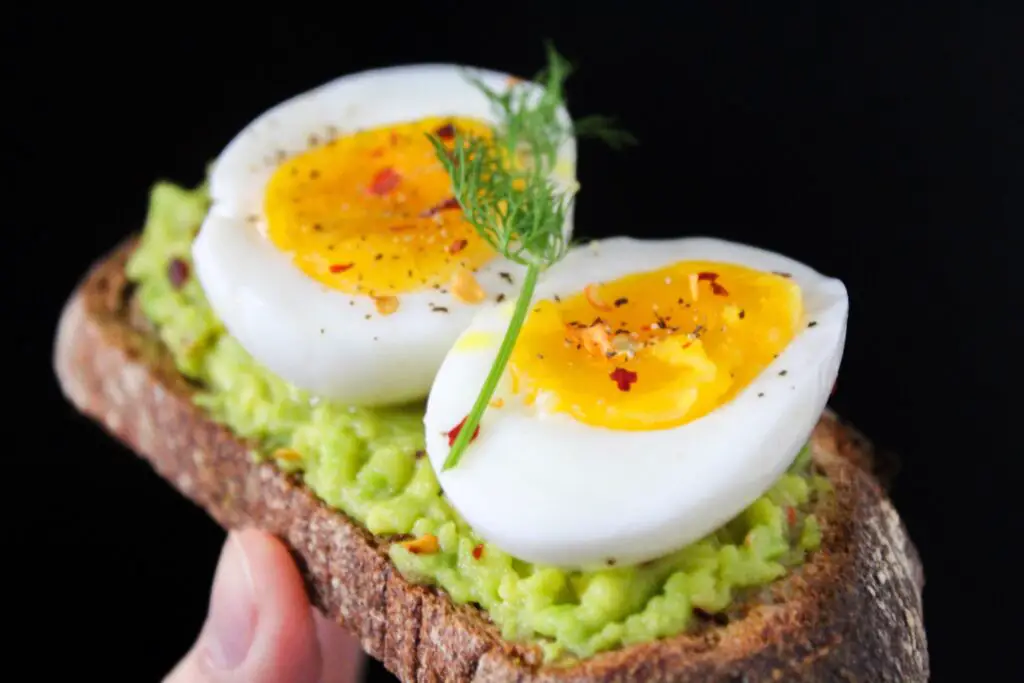
Egg Yolk
Among the fatty foods that I encourage you to regularly include in your diet is egg yolk, as it is a true treasure trove of many valuable nutrients.
For example, just 2 egg yolks can cover 40% of your daily selenium requirement.
This is highly significant because few of us consume sufficient selenium on a daily basis, which can have an impact on our health. It is important to know that selenium deficiency disrupts the functioning of the thyroid and can cause hypothyroidism.
Furthermore, a lack of selenium can contribute to worsened mood, weakened immunity, and fertility disorders in men. Its presence is also important for maintaining healthy hair and nails.
Additionally, it’s worth mentioning that selenium creates an antioxidant barrier in our body, protecting it against free radicals and oxidative stress.
Egg yolk is also a good source of B-vitamins. Just 2 egg yolks can cover 20% of the recommended daily intake of vitamin B5, also known as pantothenic acid, which strengthens the immune system, supports mental agility, improves mood, reduces fatigue, and participates in the metabolism of vitamin D.
Egg yolks also contain relatively high amounts of folate, which is vitamin B9. Folate is responsible for lowering homocysteine levels in the blood, and high levels of homocysteine can damage blood vessels and lead to the development of cardiovascular diseases.
Furthermore, folate plays a role in red blood cell production, and its deficiency can lead to anemia. It’s also worth mentioning that folate protects against neurodegenerative diseases, including reducing the risk of Alzheimer’s disease. Therefore, this nutrient can be seen as an investment in healthy aging.
Moreover, folate, similar to vitamin B5, provides us with energy, prevents fatigue, and ensures the proper functioning of the immune system.
Avocado
On the list of low-carbohydrate products, including those almost devoid of sugar but high in fat, we cannot overlook the exceptional fruit that is avocado.
This fruit contains as much as 15% fat. It’s worth noting that this fat consists of healthy monounsaturated fatty acids.
At the same time, it should be emphasized that avocado is an excellent source of potassium. In one half of the fruit, we have as much as 400 milligrams of potassium. Potassium is a component that ensures the proper functioning of the nervous system, is responsible for muscle contractility, and helps regulate blood pressure.
I must also mention that the presence of antioxidants in avocado prevents the oxidation of cholesterol in our bodies, which has been confirmed in scientific studies. It is important to know that it is this oxidized cholesterol that contributes to atherosclerosis, so avocado can be said to prevent atherosclerosis to some extent.
By the way, conducted studies have shown that regular consumption of avocado reduces the risk of coronary artery disease by as much as 21% and arterial hypertension by 17%.
It’s also worth knowing that avocado is rich in lutein, and providing lutein improves our vision and helps prevent eye diseases such as cataracts and age-related macular degeneration.
Chicken Liver
I decided that today’s list should also include liver.
It practically contains no carbohydrates and provides a relatively high amount of fat, although it is primarily a source of protein.
I included liver because few other products can match it in terms of the content of vitamins and minerals.
First and foremost, chicken liver is an excellent source of complete iron, zinc, selenium, and copper.
As for vitamins, it is rich in vitamin B2, also known as riboflavin, vitamin B3, or niacin, vitamin B5, also known as pantothenic acid, vitamin B6, vitamin B9, or folate, and it provides a significant amount of vitamin B12.
Additionally, it is highly abundant in vitamin A and the aforementioned choline, which can also be found in egg yolks.

Conclusion
I hope that with this article, I have managed to convince you that many fatty products are a true treasure trove of health, and for those who already consume them in large quantities, they are doing well.
At the same time, it is worth remembering that not all sources of fat are healthy.
I am primarily referring to processed trans fats.

